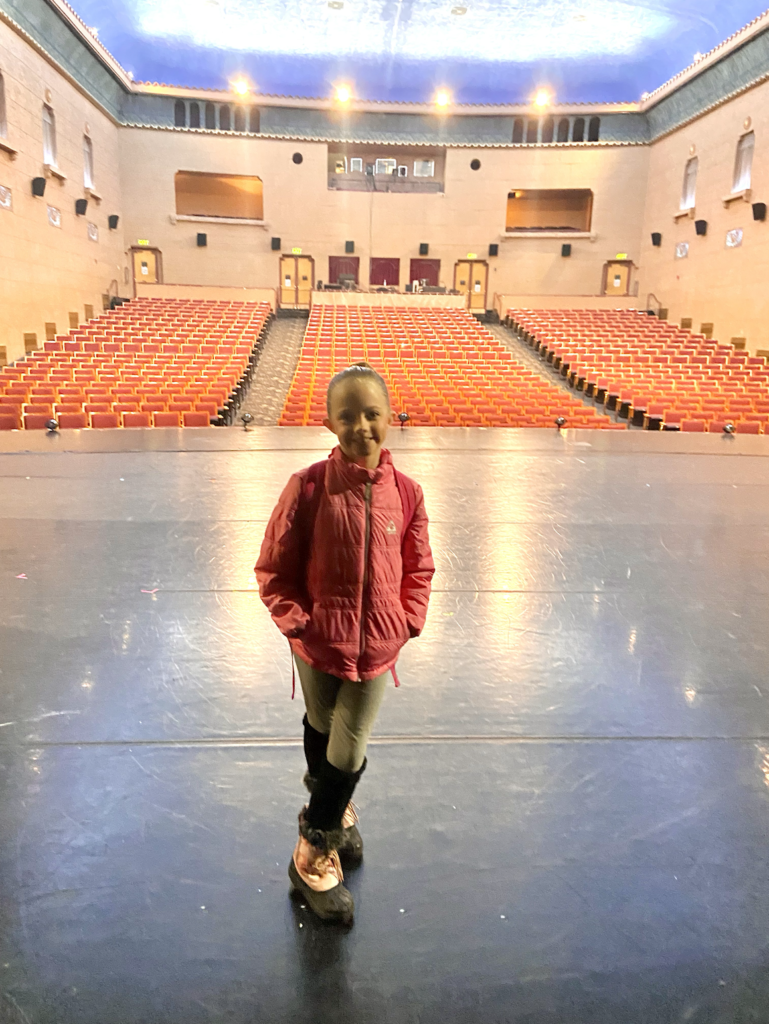Happy Thursday! Here comes another installment of how to teach our students to go above and beyond just playing the notes and to truly polish a piece and create beautiful music – Making Music Musical!
Once one has mastered playing beautiful phrases and has worked on finding the balance in the music, what else can be done to really polish up a piece and make it MUSICAL?
After working out individual phrases and achieving good balance, it is wise to take a step back and see the big picture of the piece. How do the phrases relate to one another? What is the function of each phrase in the context of the entire piece? How does each section of the piece relate to the others? What is the overall direction of the dynamics of the piece – does it start soft and climax near the end at forte, or does it have a forte section followed by a piano middle section and then a recap of the forte section? What are you trying to say with the piece? What is the whole point?
Each piece that Rachmaninoff played was meticulously shaped around a culminating POINT – a climax of sorts. Sometimes it was in the middle of the piece, sometimes near the end, but the whole aim of the piece was to build up to this one important point.
What is the whole point of your piece? Where is the climax?
In Sergei Rachmaninoff: A Lifetime in Music by Sergei Bertensson, the story is told of a concert given by Rachmaninoff where he felt that he completely missed the point of the piece. During intermission he was in a horrible mood.
A woman describes,
“we finally reached the artists’ room, where we saw at once from the expression on Rachmaninoff’s face that he was in an awful state: he was biting his lip furiously, his complexion was yellow. As we opened our mouths to congratulate him he exploded in complaint…’Didn’t you notice that I missed the point? Don’t you understand – I let the point slip!'”
I love Rachmaninoff’s description of what “the point” of a piece is:
“…[Rachmaninoff] explained that each piece he plays is shaped around its culminating point: the whole mass of sounds must be so measured, the depth and power of each sound must be given with such purity and gradation that this peak point is achieved with an appearance of the greatest naturalness, though actually its accomplishment is the highest art. This moment must arrive with the sound and sparkle of a ribbon snapped at the end of a race – it must seem a liberation from the last material obstacle, the last barrier between truth and its expression. The composition itself determines this culmination; the point may come at its end or in the middle, it may be loud or soft, yet the musician must always be able to approach it with sure calculation, absolute exactitude, for it if slips by the whole structure crumbles, the work goes soft and fuzzy, and cannot convey to the listener what must be conveyed.” (Bertensson, p. 195)
Can you believe the amount of polishing and effort that can go into making a piece really musical? If we can even pass some of this knowledge of expression and music-making onto our students, then what a wonderful thing! What a joy to be able to pass on not just the knowledge of how to basically play a piece and understand the theory behind it, but to really make music and achieve beauty. Isn’t that really the whole point?
To illustrate this concept of THE POINT, here are a couple of pieces I have played, and where I think THE POINT is. Of course it might differ depending on the pianist and their individual interpretation. That is the beauty of it – deciding for yourself what you want to say with a piece, discovering where the important climax may be, and then shaping the entire piece around that.
Example #1 – Ravel’s Jeux d’eau
Oh how I love this piece! I played this for my sophomore recital in college. At this point I hadn’t heard of Rachmaninoff’s “POINT” concept, but I remember whenever I played this piece I looked forward to this one part, and tried to build and build to this awesome point that climaxed at a fortississimo and culminated with a descending black-key glissando. Ahhh, I love it!
Here is Martha Argerich playing Jeux d’Eau – to watch my “POINT” start at about 2:10.
Example #2 – Schumann’s Traumerei
The “point” that I circled in this piece is found at the very end, the third to last measure, and it is the big chord with the fermata.
Start at about 1:55 to hear Horowitz execute this “point” beautifully!
Can you help your students find the culminating point or climax in their pieces? Help them understand how to really bring out this part, how to build up to it or whatever the piece may call for, in order for it be beautiful and make the whole piece make sense. Happy music-making!
 Well I warned you that some of these tips would be random. And quite simple. When teaching young students about sharps and flats, a great way to teach them to recognize a sharp sign is that it looks like a tic-tac-toe game. There you have it. Happy Tuesday to all!
Well I warned you that some of these tips would be random. And quite simple. When teaching young students about sharps and flats, a great way to teach them to recognize a sharp sign is that it looks like a tic-tac-toe game. There you have it. Happy Tuesday to all!







































